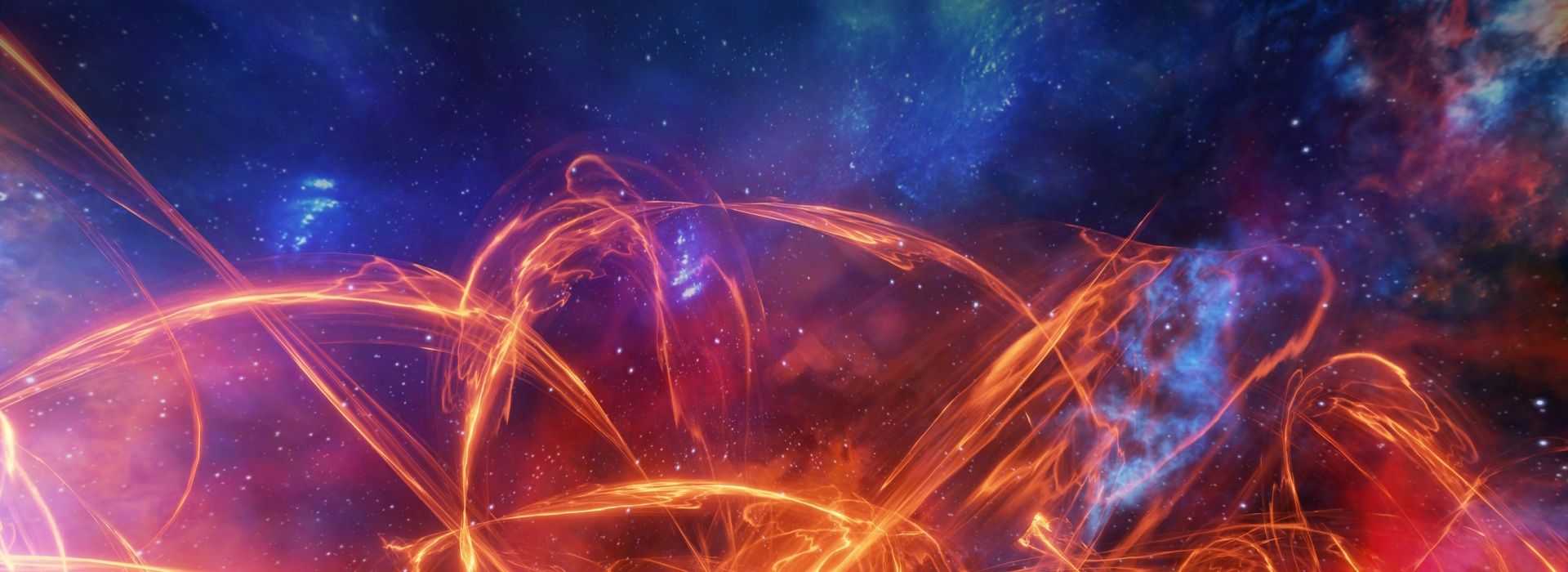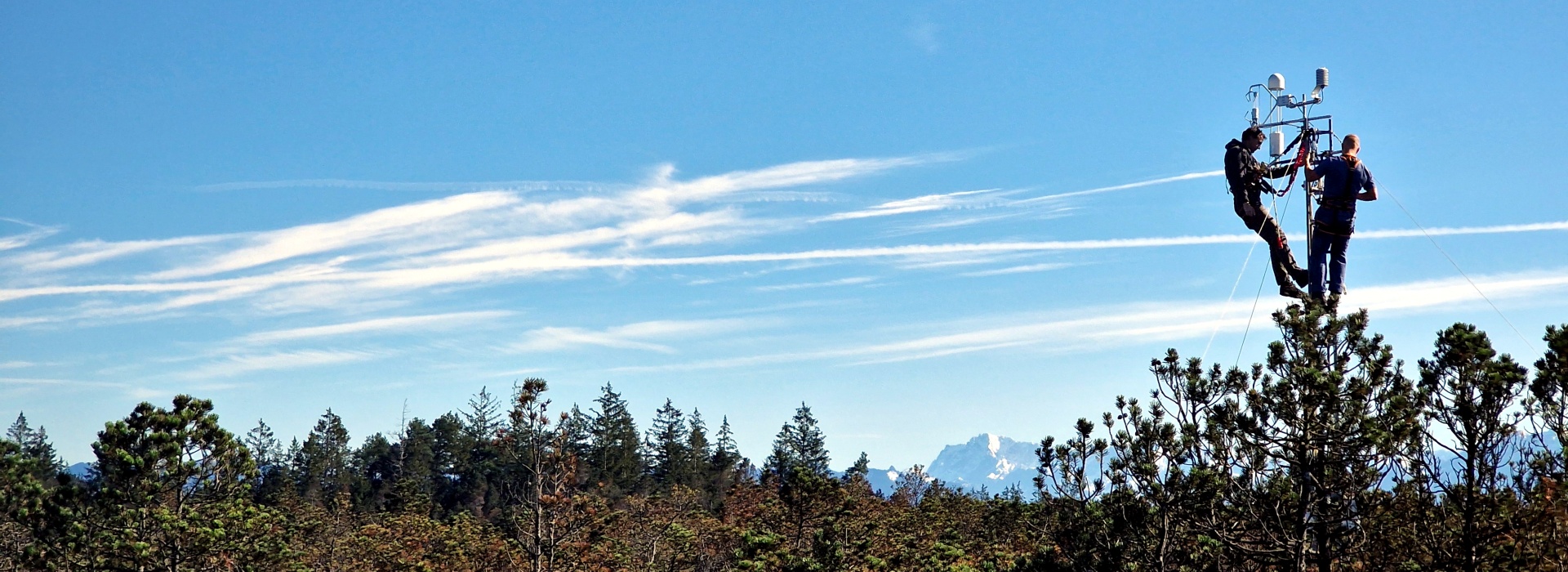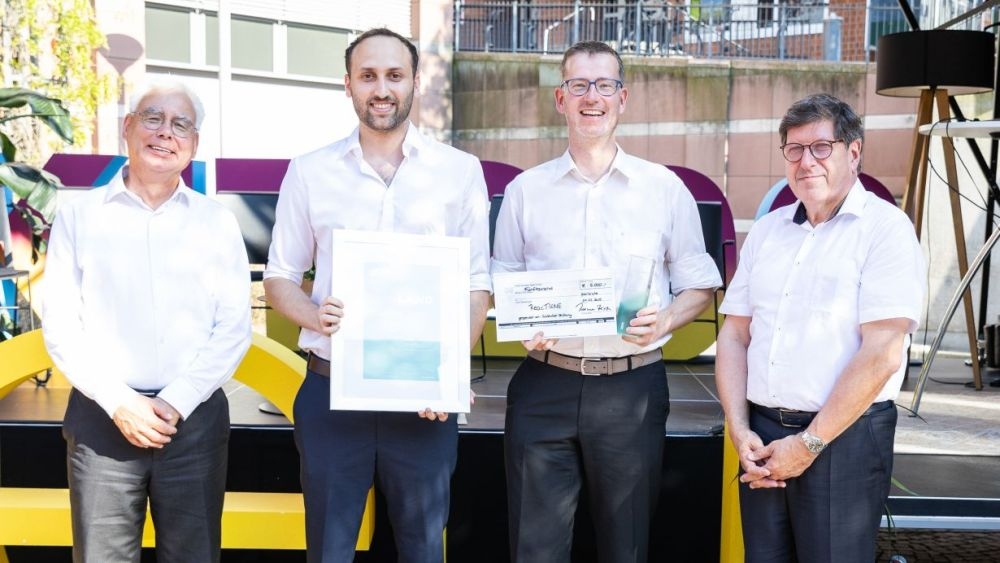
The winner of the 2025 NEULAND Innovation Contest is ReacTUNE – a software tool for designing reactor geometries
Learn more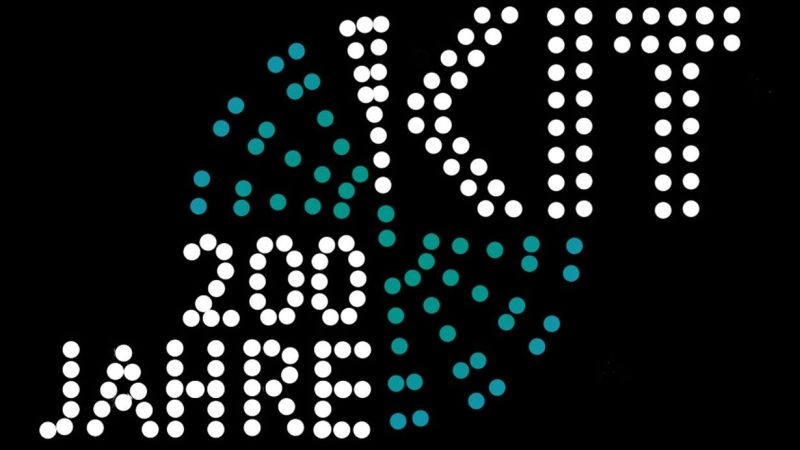
Celebrations marking the 200th anniversary continue – “KIT Skylights” highlights KIT’s spirit of innnovation – First-ever light drone show in Karlsruhe
Learn more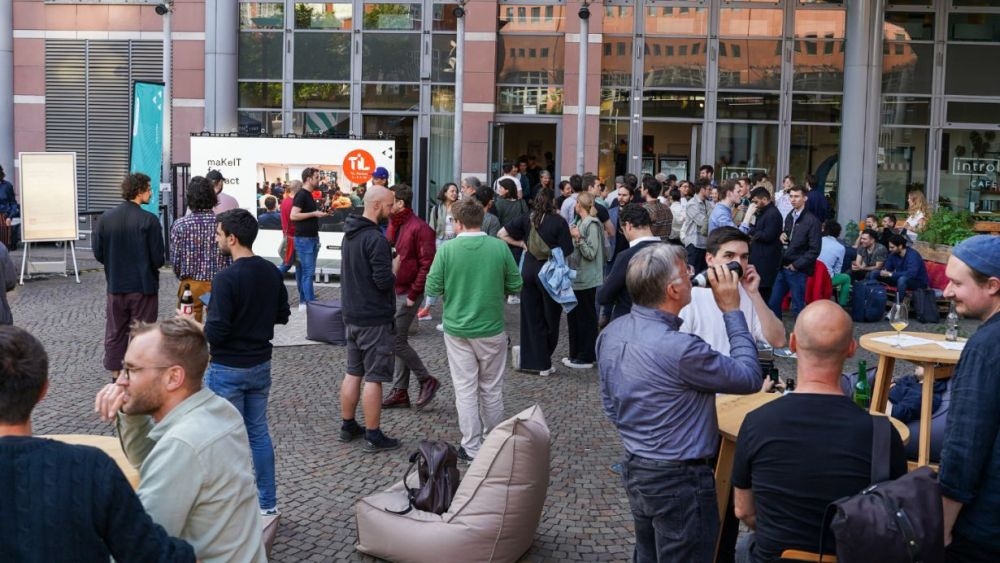
A week full of questions and answers on the topics of technology transfer, innovation, and start-ups, with discussions, lectures, workshops, open-air cinema, and much more
Learn more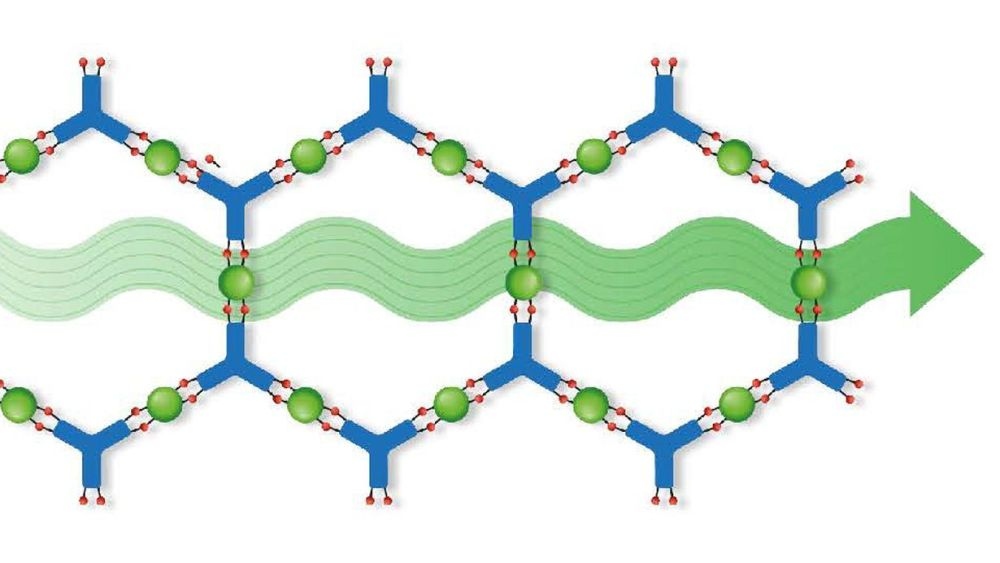
KIT researchers produce MOF thin film with genuine metallic conductivity for the first time – prospects for the electronics of the future
Learn more
KIT is Committed to Diversity – Science thrives on exchange and tolerance.
Learn more
The current issue of lookKITgives an insight into countless big and small opportunities.
Learn more
We are applying for the lighthouse competition.
Learn more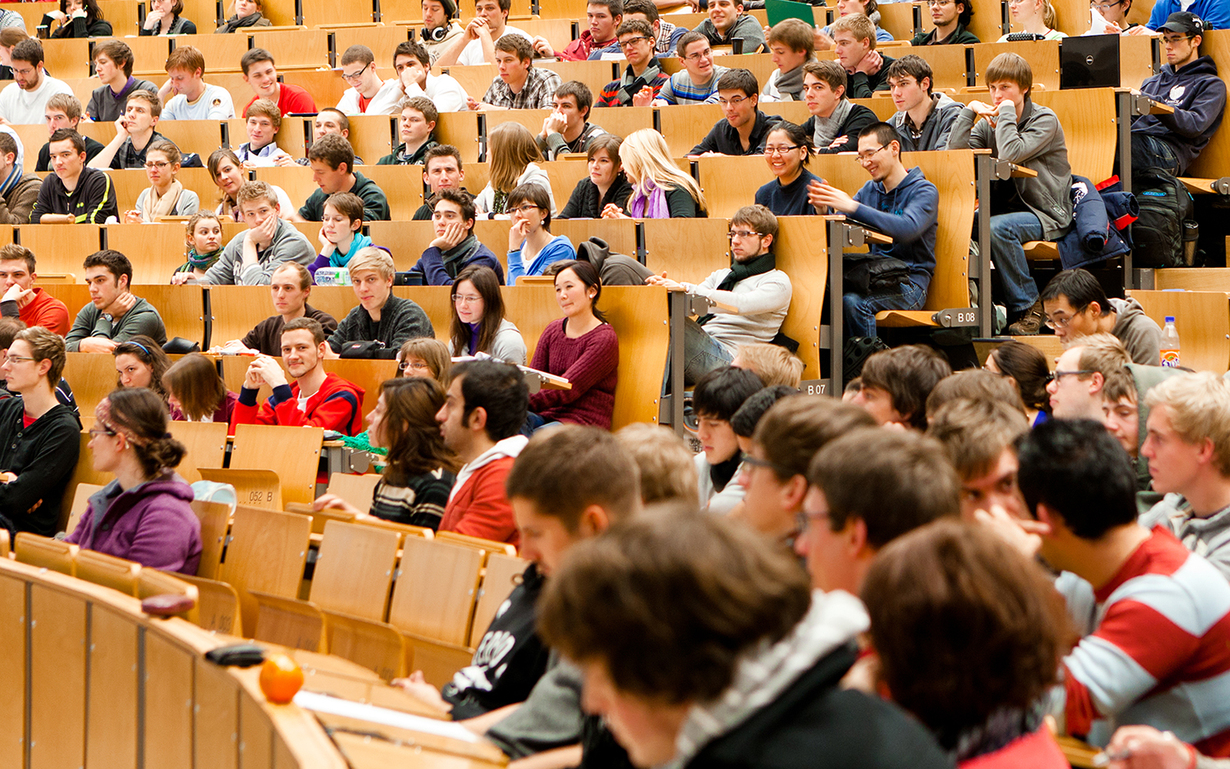
More than 100 degree programs in natural and engineering sciences, economics, humanities, social sciences and teaching.
Learn moreAs a University of Excellence, KIT strengthens excellent research, maintains intensive dialog with society, and offers reliable career paths.
Research University in the Helmholtz Association
KIT is the only German university of excellence that combines a long university tradition with large-scale national research.
